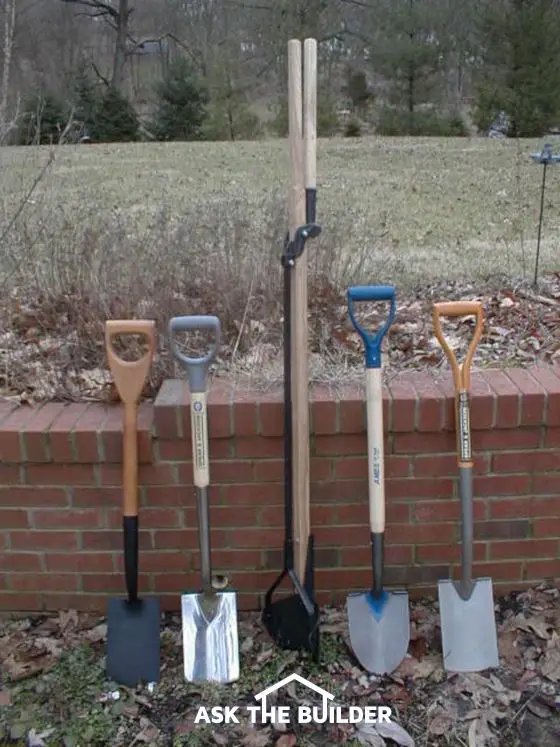Extension and Step Ladder Manufacturers
There is not an immense amount of competition in ladder manufacturing. The primary reason for this, I believe, is the huge cost of litigating injury claims. Ladder manufacturers are constantly fighting court cases where people sue because they fall off a ladder or a ladder breaks. As you might imagine this does two things. Financially weak companies go out of business. Those left, have to raise prices on the ladder products to cover the out of court settlements and high product liability insurance. There are different types of ladder companies. Some just make step stools. Others make unique multi purpose ladders. Finally, there are the powerhouse companies that make just about any ladder product be it extension, multi-purpose, or step ladder products. Two of the major manufacturers of extension and step ladders are Louisville Ladder Company and Werner Ladder Company. Both have a rich heritage and a fine line of products. I happen to own ladders made by both companies.
- Bon Tool Company
- Davidson
- Falcon Manufacturing
- Keller Ladders
- Krause Inc.
- Louisville Ladder Co.
- Werner Ladder Company
- Wing Enterprises, Inc.
Related Articles: Ladder Safety Guidelines, Extension Ladder Sizing, Ladder Safety Tips
Column B197



 I got the idea for this column at the 1998 National Hardware Show. There are at least 10 or so shovel manufacturers out there, but only four or five would cooperate with me and send me information. Fortunately for all of us, the ones who worked with me make awesome products. I have listed some of the tools each one of the manufacturers carries. You should REALLY call each one and get a full product catalog. You will be amazed at the variety of digging tools that are NOT displayed at your local stores!
I got the idea for this column at the 1998 National Hardware Show. There are at least 10 or so shovel manufacturers out there, but only four or five would cooperate with me and send me information. Fortunately for all of us, the ones who worked with me make awesome products. I have listed some of the tools each one of the manufacturers carries. You should REALLY call each one and get a full product catalog. You will be amazed at the variety of digging tools that are NOT displayed at your local stores!
